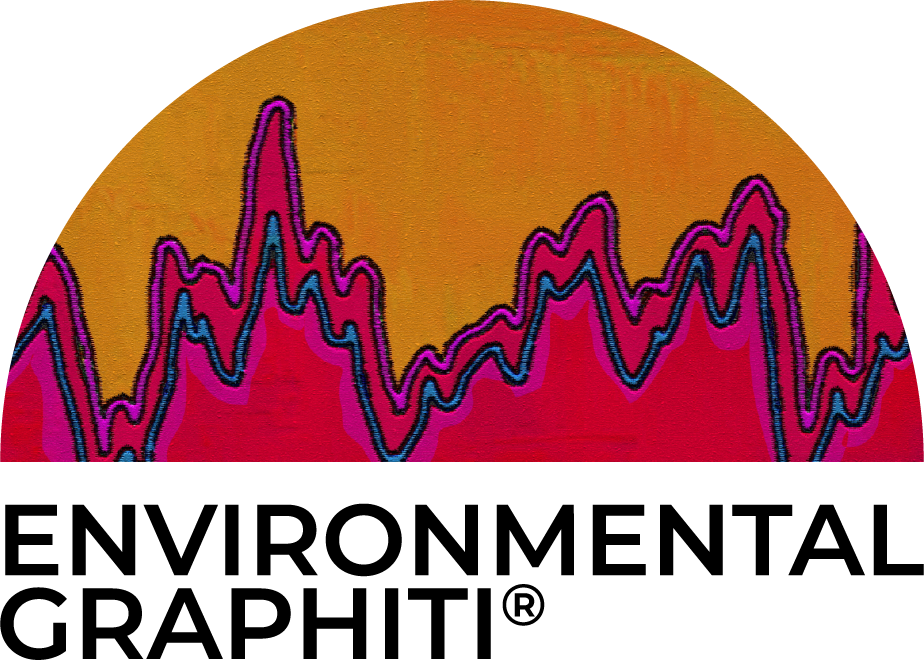Arctic Amplification
The Art
The Graph
“The rapid warming of the Arctic, a definitive sign of climate change, is occurring even faster than previously described, researchers in Finland said [Aug 9, 2022].
Over the past four decades the region has been heating up four times faster than the global average, not the two to three times that has commonly been reported. And some parts of the region, notably the Barents Sea north of Norway and Russia, are warming up to seven times faster, they said. One result of rapid Arctic warming is faster melting of the Greenland ice sheet, which adds to sea-level rise. But the impacts extend far beyond the Arctic, reaching down to influence weather like extreme rainfall and heat waves in North America and elsewhere. By altering the temperature difference between the North Pole and the Equator, the warming Arctic appears to have affected storm tracks and wind speed in North America.
Manvendra K. Dubey, an atmospheric scientist at Los Alamos National Laboratory and an author of an earlier study with similar findings, said the faster rate of warming of the Arctic was worrisome, and points to the need to closely monitor the region. “One has to measure it much better, and all the time, because we are at the precipice of many tipping points,” like the complete loss of Arctic sea ice in summers, he said.
The two studies serve as a sharp reminder that humans continue to burn fossil fuels and pump greenhouse gases into the atmosphere at rates that are dangerously heating the planet and unleashing extreme weather……. The Arctic is heating more rapidly in large part because of a feedback loop in which warming melts sea ice in the region, which exposes more of the Arctic Ocean to sunlight and leads to more warming, which in turn leads to even more melting and warming. The result of this and other oceanic and atmospheric processes is called Arctic amplification…”
Arctic Warming Is Happening Faster Than Described, Analysis Shows, By Henry Fountain, New York Times, Aug. 11, 2022
Featured art was created from figures (b) and (c) above.
